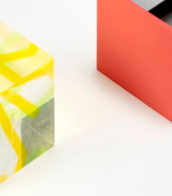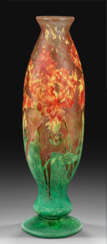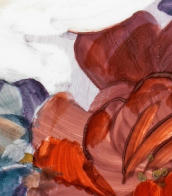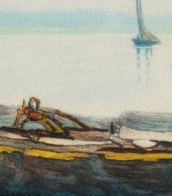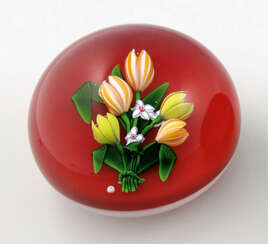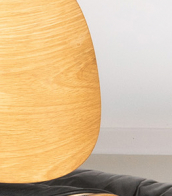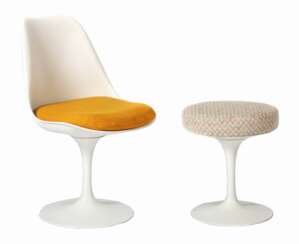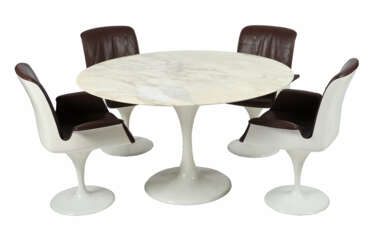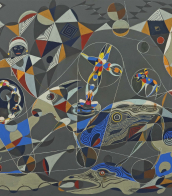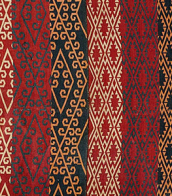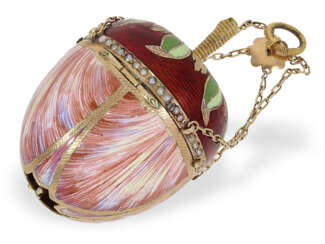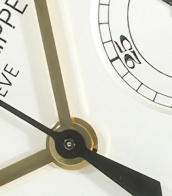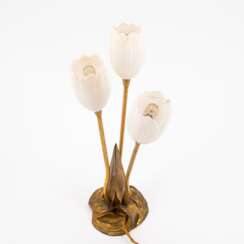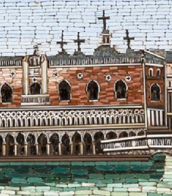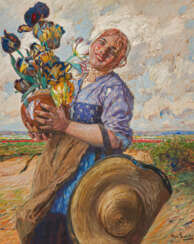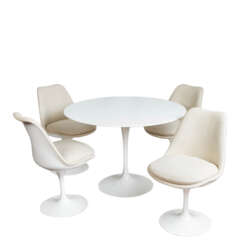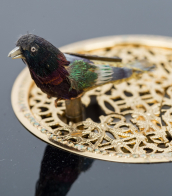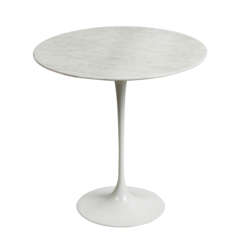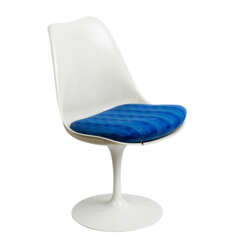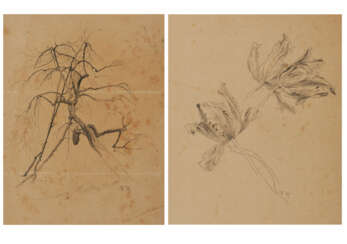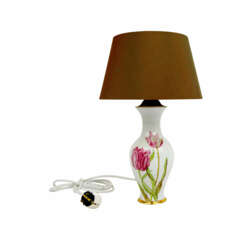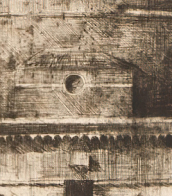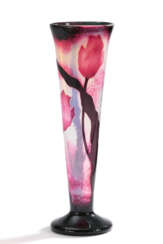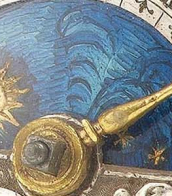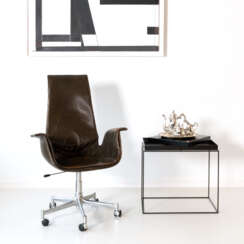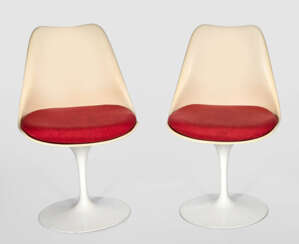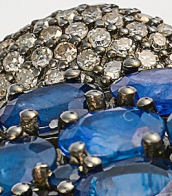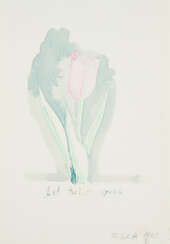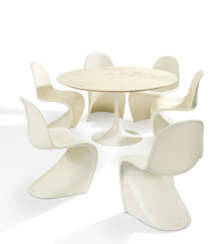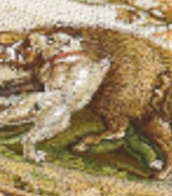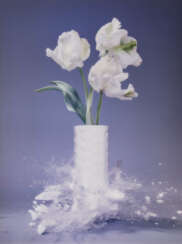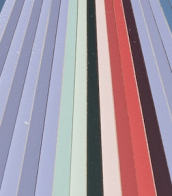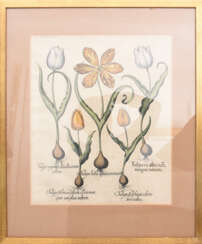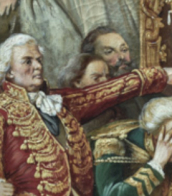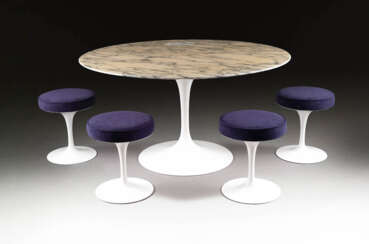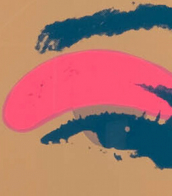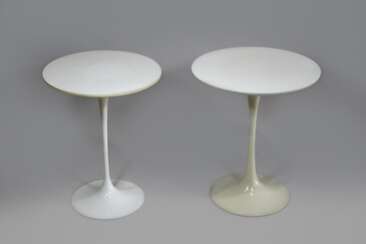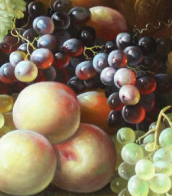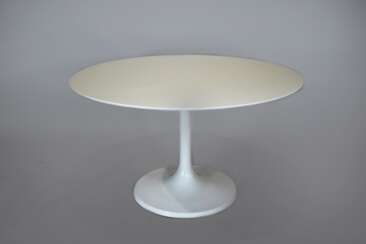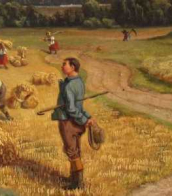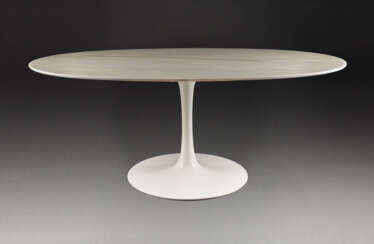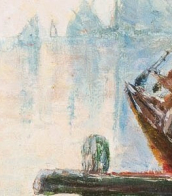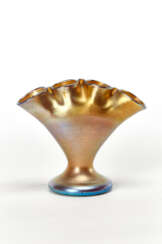tulipes
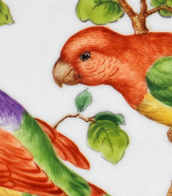
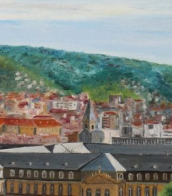
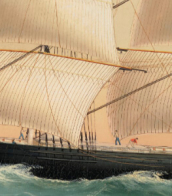
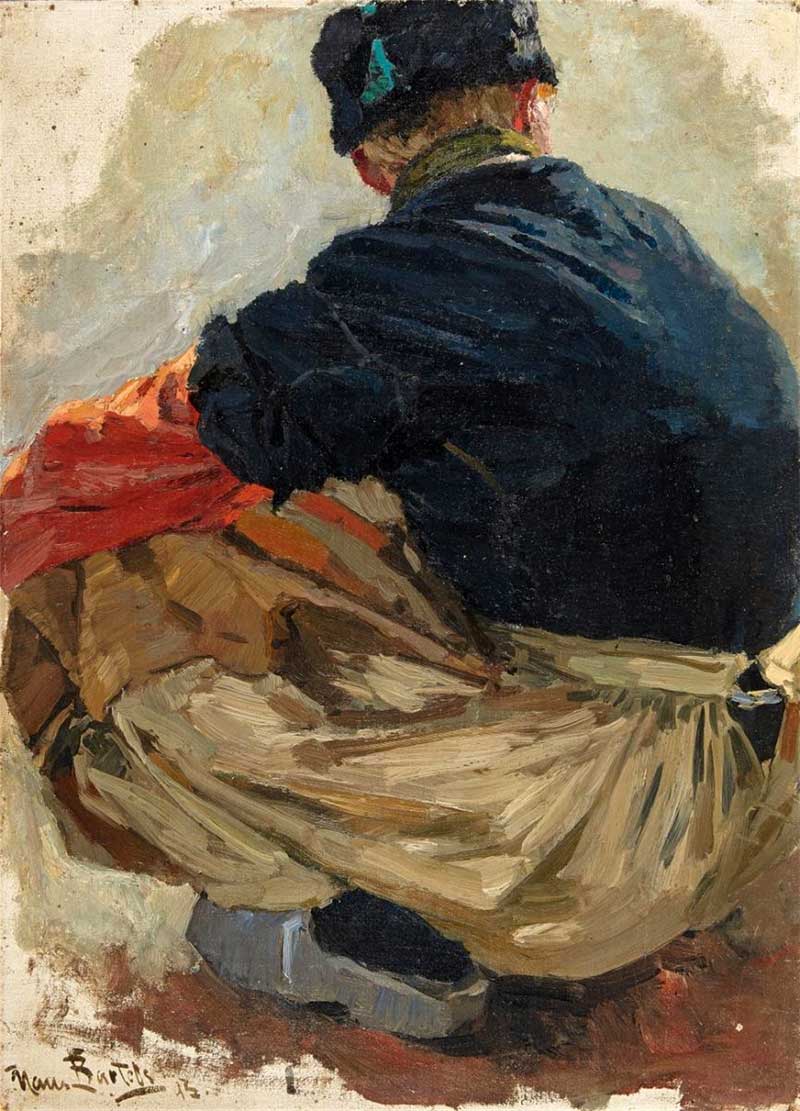
Hans von Bartels was a German painter.
Bartels is associated with the Düsseldorf school of painting. Although an oil painter of great power, he is also one of the leading German water-colour painters, mainly of marines and scenes of fishing life, painted with rude vigour and a great display of technical skill. Bartels made a great contribution to the development of the watercolour. He was the first to use watercolour paint of large formats without the earlier conventions. From 1887 Von Bartels came every summer to the Dutch coast, especially to Katwijk aan Zee, to paint the fisherfolk and their labour. He excels in storm scenes and in depicting the strong, healthy fishing-folk of the northern coasts. He became an honorary member of leading English, German, Dutch, Belgian and Austrian art societies.
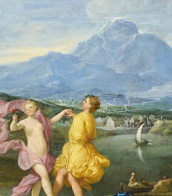
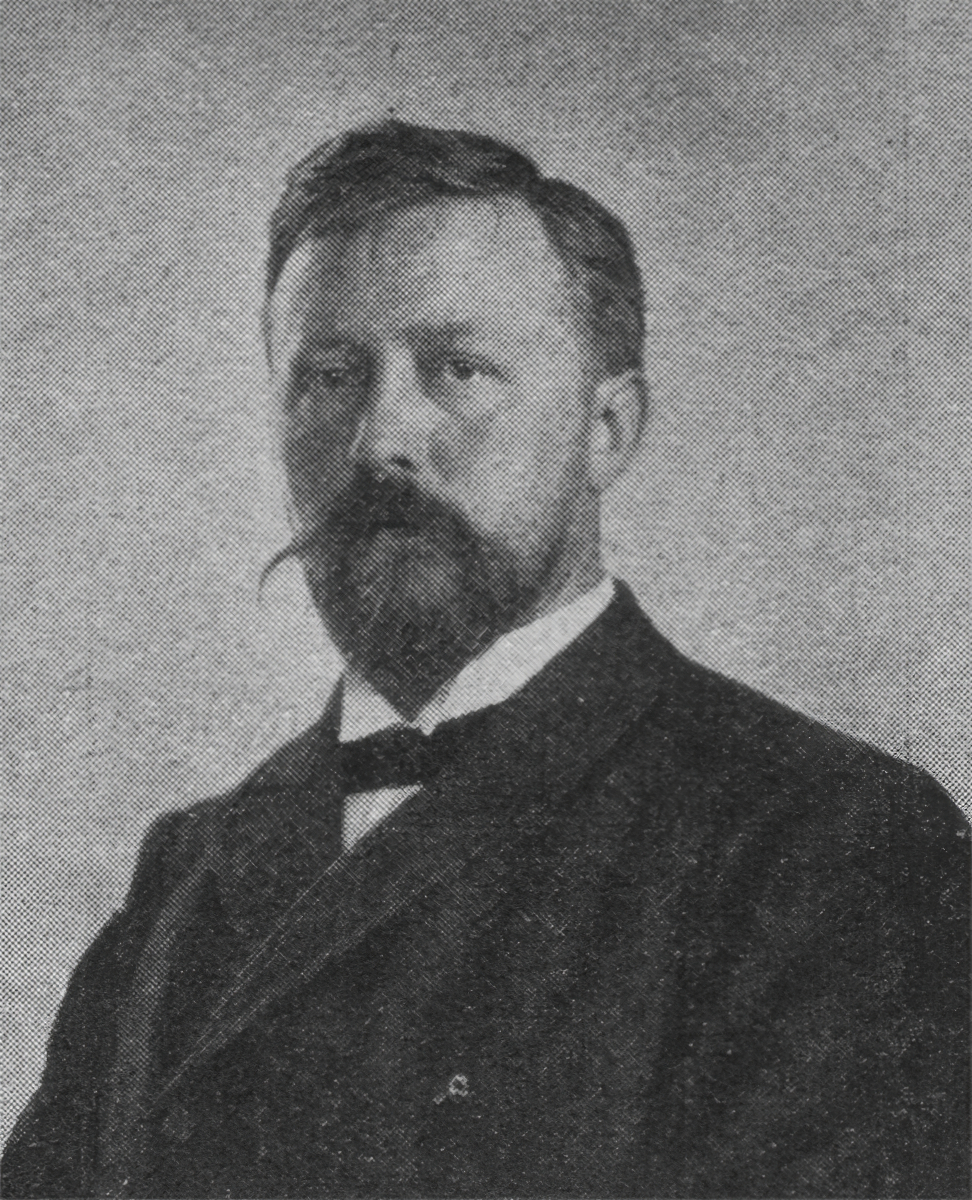
Friedrich Kallmorgen was a German Impressionist painter who specialized in landscapes and cityscapes.
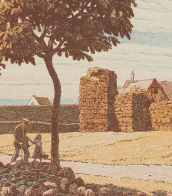
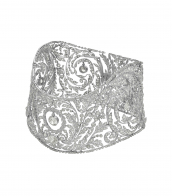
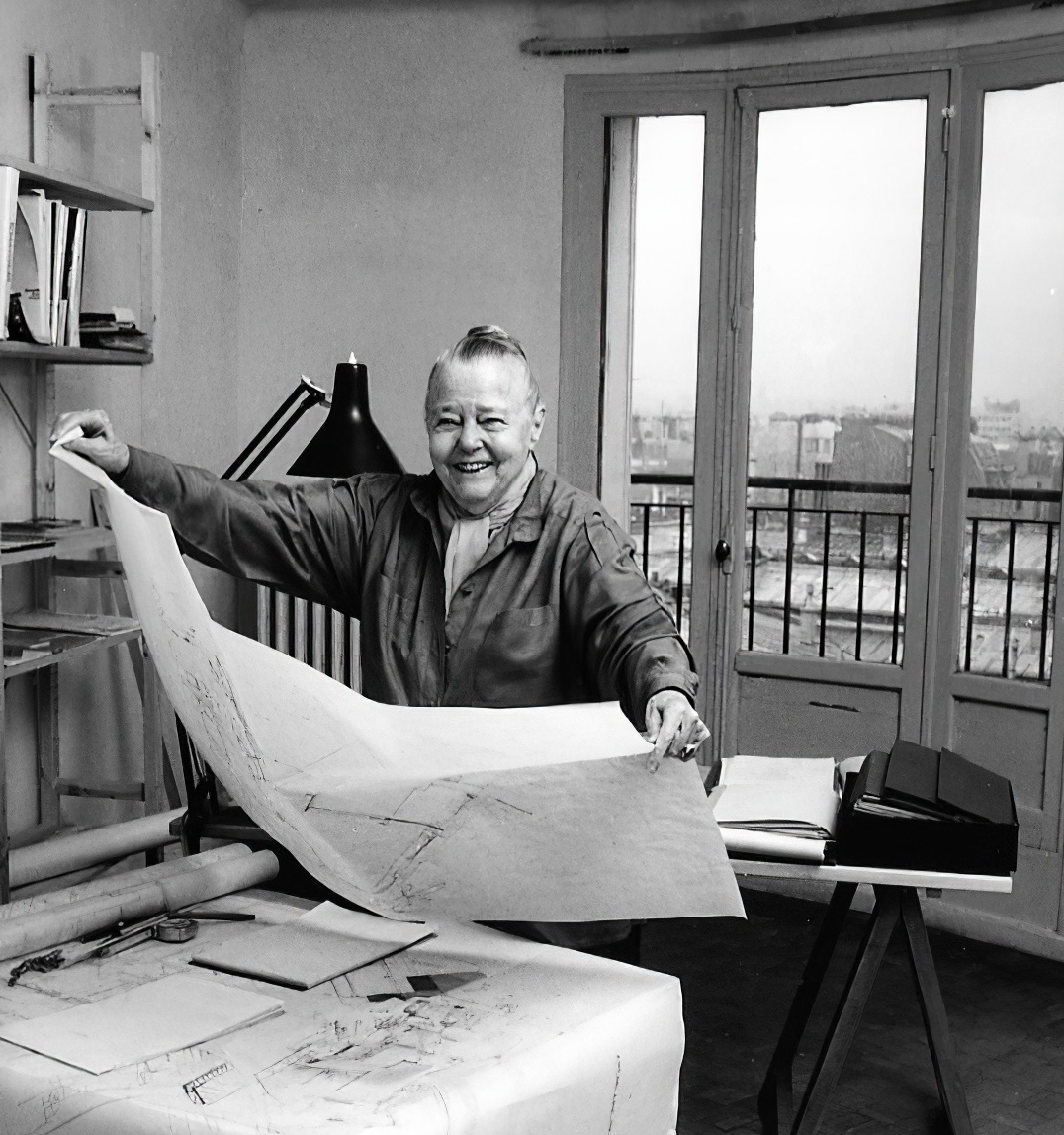
Charlotte Perriand was a French architect and designer. Her work aimed to create functional living spaces in the belief that better design helps in creating a better society. In her article "L'Art de Vivre" from 1981 she states "The extension of the art of dwelling is the art of living — living in harmony with man's deepest drives and with his adopted or fabricated environment." Charlotte liked to take her time in a space before starting the design process.
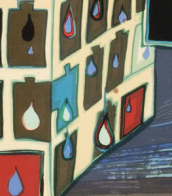
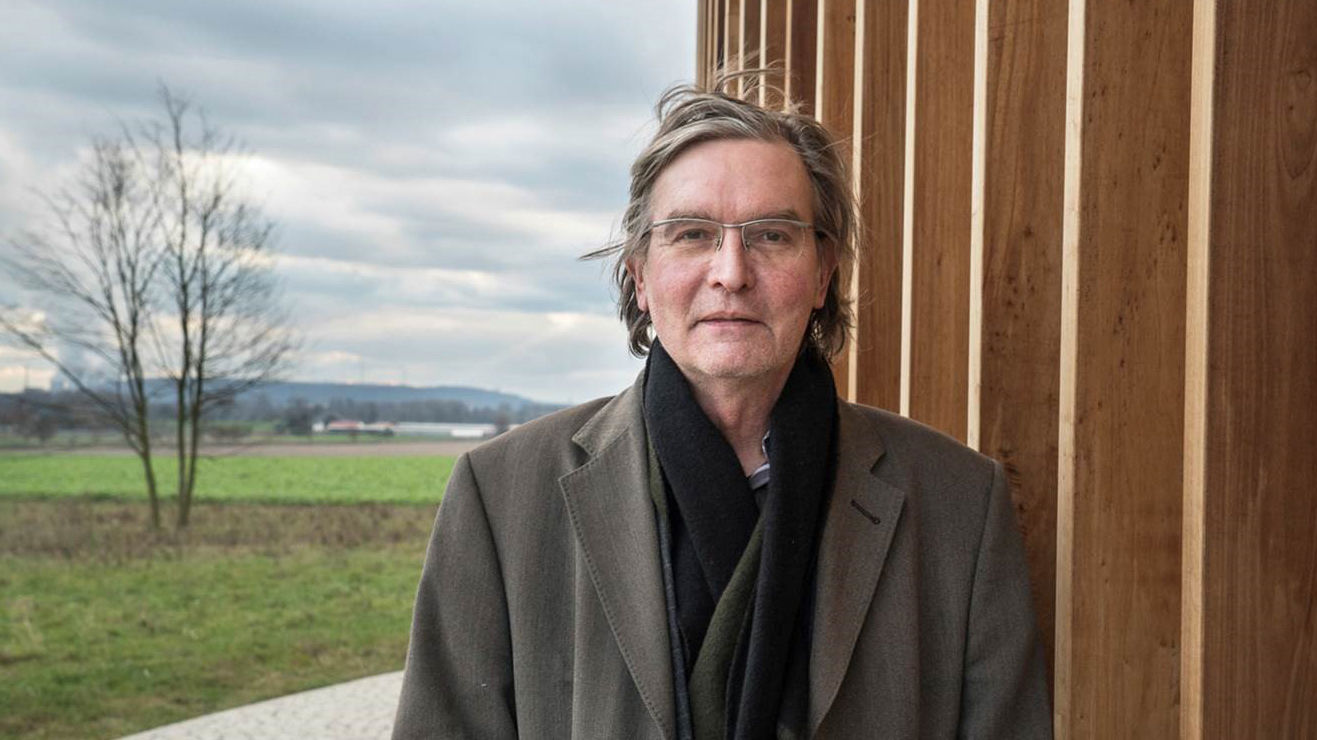
Thomas Schütte is a German contemporary artist. He sculpts, creates architectural designs, and draws. He lives and works in Düsseldorf.

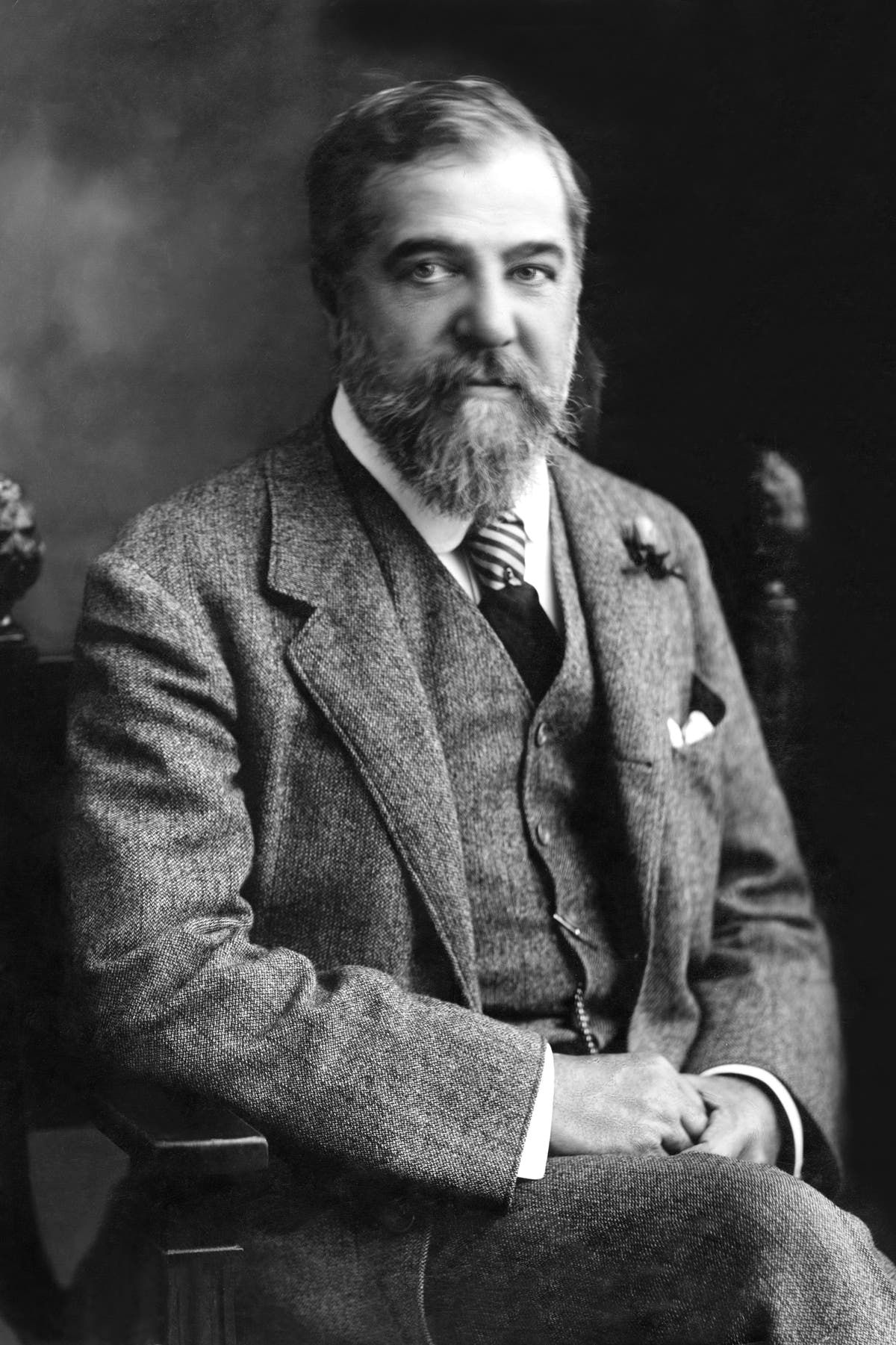
Louis Comfort Tiffany, an American artist, is revered for his significant contributions to the Art Nouveau movement and for revolutionizing the art of glassmaking. As the son of the founder of Tiffany & Co., Charles Lewis Tiffany, Louis was predisposed to a life surrounded by opulence and artistry. His early years were marked by training under prominent painters and a comprehensive education in the arts, which included a stint at the National Academy of Design in New York.
Louis Comfort Tiffany's foray into the world of stained glass was not merely an extension of his artistic pursuits but a manifestation of his relentless quest for innovation and beauty. His early work with stained glass utilized materials with mineral impurities, lending his pieces a distinct quality that set them apart from the conventional. His dedication led to the opening of his own glass factory in Corona, New York, where he developed and patented the "copper foil" technique. This method, contrasting sharply with the traditional lead came technique, allowed for greater detail and complexity in his stained glass creations.
Louis Comfort Tiffany's contributions weren't limited to stained glass; his ventures into lighting and lamps in 1898 brought about iconic designs that combined functionality with aesthetic beauty. His lamp designs, characterized by their unique selection of glass and organic forms, are celebrated for their intricate detail and artistry. Tiffany's work also extended to mosaics, enamelwork, pottery, and jewelry, showcasing his versatility and innovative spirit across multiple mediums.
Perhaps one of Louis Comfort Tiffany's most majestic installations is the Mosaic Curtain at the Palacio de Bellas Artes in Mexico City. Commissioned for its exceptional craftsmanship, the curtain is a testament to Tiffany's mastery over glass, reflecting his ability to blend artistic vision with technical prowess. This monumental piece, composed of nearly one million pieces of favrile glass, illustrates a vibrant landscape that comes to life under changing light conditions, embodying the essence of Art Nouveau's fascination with nature and innovation.
Louis Comfort Tiffany's legacy is a rich tapestry of artistic achievement that has left an indelible mark on the worlds of art and design. His work, characterized by a deep appreciation for the natural world and a pioneering approach to materials and techniques, continues to inspire and captivate collectors and art enthusiasts around the globe.
For those interested in exploring the depth and beauty of Tiffany's creations, staying updated on new discoveries, exhibitions, and auction events related to his work is essential. Signing up for updates ensures that enthusiasts and collectors are always informed about opportunities to engage with the magnificent legacy of Louis Comfort Tiffany.
